0 Comments
This week we went to our monthly Collin County Hobby Beekeepers Association meeting (CCHBA) where we participated both in the honey contest and the honey tasting event. We will have to wait a month to see the results to the honey contest. But we had some pretty enthusiastic reviews and comments from the other beekeepers in the club during the tasting event. Even though this was not a competition, we had other beekeepers come back to us, very excited, saying as far as they are concerned our honey won the taste test! Here are some of the comments we received... "Hands down, the best honey here." "Glad my honey is in a different class from yours and I'm not competing against you." "VERY smooth taste." "Has a hint of citrus, orange taste about it." "This honey is PERFECT for a hot homemade biscuit with butter." Others said things like it's sweet, but not too sweet. Several agreed with me in that it seems to have a hint of a citrus or orange flavor. Others could taste a hint of floral as well. All in all, it has a very smooth taste. It was so much fun watching peoples eyes light up and a smile come over their face as they tasted our bee's honey. We were very excited and thankful for all the kind words and hard work our bees did to produce this wonderful taste. Now on with the waiting to hear the results of the contest... Bringing the observation hive to the C. F. Goodwin Library in Royse City, Texas for the young, and young at heart, to see! Attendees will be able to see live bees in action as they carry on the work of the hive. The presentation begins at 10am on Saturday, July 8th. Be there and "bee" in the know! Let me know in the comment section if you can spot the queen bee! 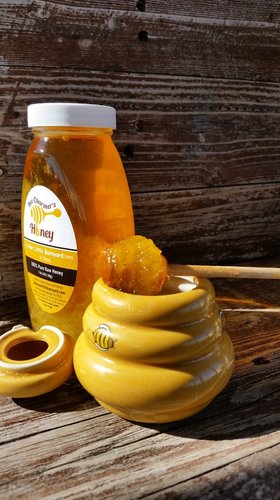 If your honey has crystallized, don't throw it out! It's not bad. Actually, crystallization is a sign of purity, meaning it is a high quality raw honey. "Why does honey crystallize?", you ask. Well, that's a bit of a science lesson. You see, honey is a super-saturated solution of glucose and fructose. It's the glucose that crystallizes. The amount of each type of sugar depends on the food collected by the bees. The higher the amount of glucose, the more crystallization there will be. So the types of sugar in honey depends on what the bees have been eating. Different types of plants have different levels of glucose. Scientist can actually determine what plants the bees have been gathering food from by analyzing the pollen in honey. Honey from plants like clover, maple, tupelo and blackberries have less glucose and therefore crystallizes slower. This same pollen is one of the things that makes honey so great! As many already know, eating local honey can help to reduce your allergies. This is because the pollen in the honey is coming from local plants that are triggering your allergies. A lot of large honey produces put the honey through processes which removes beneficial pollen. Removing the pollen also removes the ability to determine where the honey is from. Some carry it a bit further by blending different types of honey and sometimes using other additives. These processes greatly decrease the nutritional value at the cost of increasing profits, shelf life and making the color clearer and brighter. Crystallization happens faster when there are small particles of pollen to build on. So again, crystallization is a sign of purity in honey because fresh, raw honey has lots of pollen grains! Another factor which causes crystallization is temperature. Even in the hive, honey will crystallize when the temperature is around 50 degrees. So for those of you who enjoy eating honeycomb due to the crunchiness, it's the crunch of honey crystals you are enjoying. Those not so fond of honey crystallization should store their honey in a warm spot to slow down the process of crystallization. Is there anything one can do to remove the crystals? Yes. The best way is to heat the honey slowly by placing your honey container in a bowl of hot water. Microwaving is not recommended as it can heat unevenly or overheat. The best way is to heat only the small portion you currently need and not the entire jar. The down side to all this is, as the honey cools, it will once again crystallize. After trying a few different methods to liquify honey, only for it to crystallize again, I have decided to embrace it in its natural state. Finding peace in the fact that crystallized honey is a sign of its purity, rawness and wholesomeness. Believe it or not, the taste of honey has never been a taste that really excites me. Crystallized honey, on the other hand, is like eating a delicious candy to me! Could eat it by the spoonful! Other uses for crystallized honey is to add it to your tea, yogurt or oatmeal. It's perfect spread on a slice of bread or toasted bagel. Some use it as a spreadable glaze for cooking chicken or stir-fry. Bet it would be great on ham! What ever you do with it, don't waste this delicious food! If you haven't ordered your honey yet, we still have some! Honey sales were really good this past week. The bees are preparing to hunker down for the winter now. However, they are enjoying a really warm day today before the temperatures drop again this weekend! CHALLENGE - Who can find the queen bee on this frame? If you spot her, let me know where she is and how you know it's her. (Hint: green dot)
Love this dopey dog of mine! He is so much fun and full of energy. Wish I had half his energy and nimbleness! He leaps over the fence like a gazelle, as he runs through the different pastures. Here he is in the apiary on one of our trips out to check the beehives last January. We usually get an escort to the bee yard, then it's off to frolic through the prairie grass and trees. Levi's a good dog in the apiary, but in the yard..... He's always trying to eat the bees!! Yes, he succeeds at catching and eating them. It's amazing to watch his head move around as his eyes focus on, and follow, the bee just before he leaps in the air to catch it with his mouth! I know what you're thinking, and no, most of the time he doesn't get stung. Only on one occasion did it appear he was stung. Not sure what it is, but those little buzzing ladies really irritate him. For the most part, it's not a big deal. That is, unless he eats the queen! Queen bees can get pretty pricey if you need to buy one. It is also possible to lose the entire hive without the queen. The chances of this actually happening as pretty rare. You see, the queen bee only leaves the hive once or twice for her mating flight, at which time she is matted for life. After just a few weeks of emerging from her honeycomb cell as an adult, she leaves the hive to take flight to a drone congregating area where she will mate with up to 15 or 20 drones (male bees). The mating takes place in mid-air. Hope you enjoyed this tidbit of bee information. Have a wonderful day and God Bless! So we were out working in the bee yard the other day when we got a surprise. But let me start at the beginning. We were doing a quick check of all the hives. The two new hives and the two established hives. Hive 2 was the 'experimental hive' with no queen. There were actually a few bees in the hive, but no queen. We decided to move a couple of frames with brood and eggs from Hive 1 to Hive 2. Shortly after doing so, I looked down on the ground to see a small swarm! Small and in an odd location. This was the first swarm we had found! Right under one of our hives at that. Needless to say, we were excited at this find. Being both surprised, and caught off guard, we made the hasty decision to try and put this swarm in Hive 2. We did our best to catch and move bees. We were even able to locate the queen and add her as well. Catching her in a queen clip and placing her in the hive to give her and the other bees a little time to adjust. Almost immediately we thought of a better alternative we should have tried. This was a crazy move on our part. After all, we did just throw bees from two very different environments in a new hive box. Definitely not the best way to start out. Needless to say, at last check the bees were busy working in the hive. We will dig deeper after the bees have had more time to settle and adjust to all the change. Hive 4, our other experimental hive, was looking good. Strong and full of bees! |
A Mattingly
Artist, Writer, Holistic Living Guide Important Disclaimer: Any content discussing medicinal uses of plants, herbs, or food as medicine is informational only and not prescriptive. When dealing with health issues, be sure to do your own research and consult with the appropriate health professional for guidance. These statements have not been evaluated by the FDA. It is information based on my personal research and studies.
Categories
All
Archives
September 2023
|
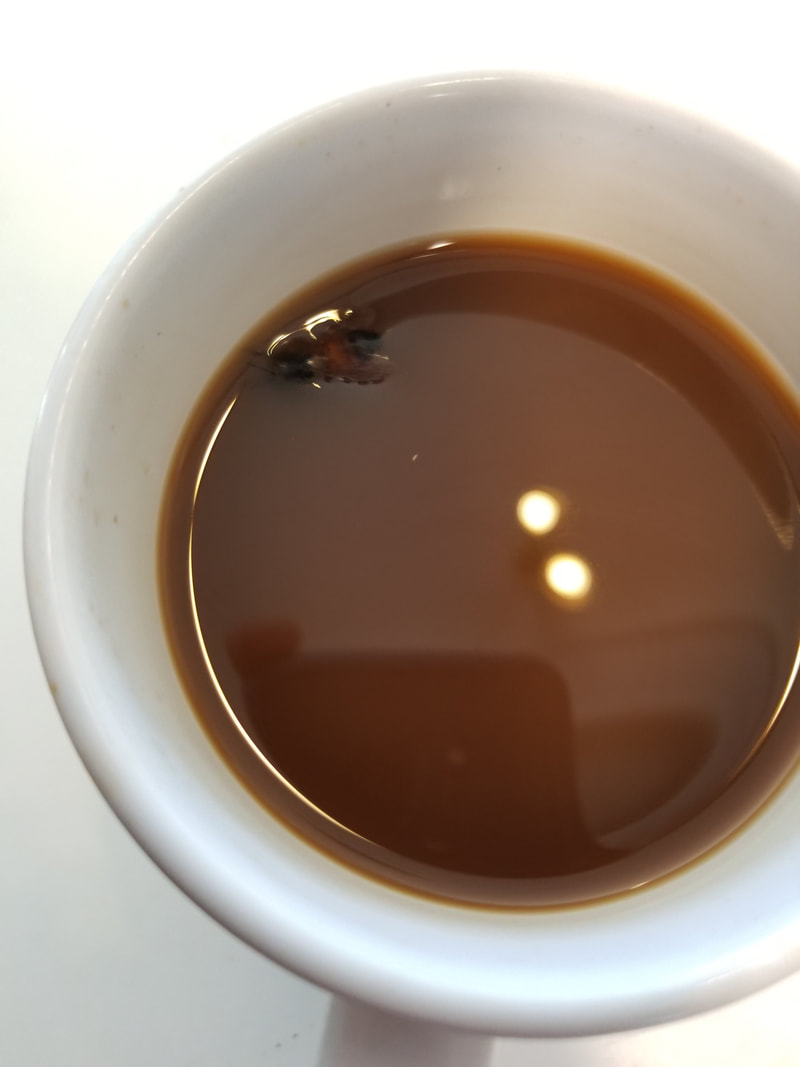
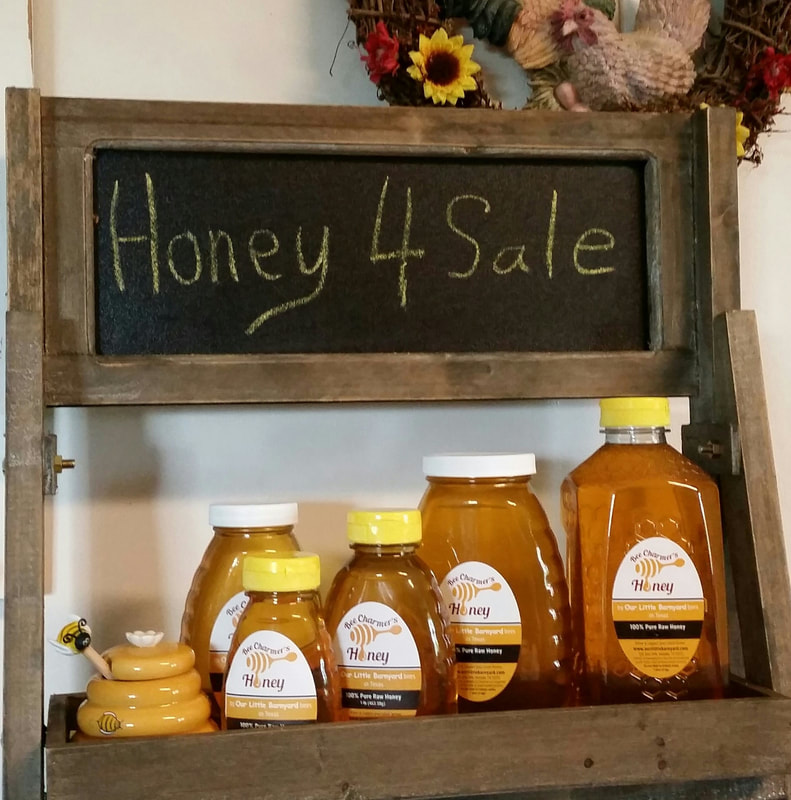
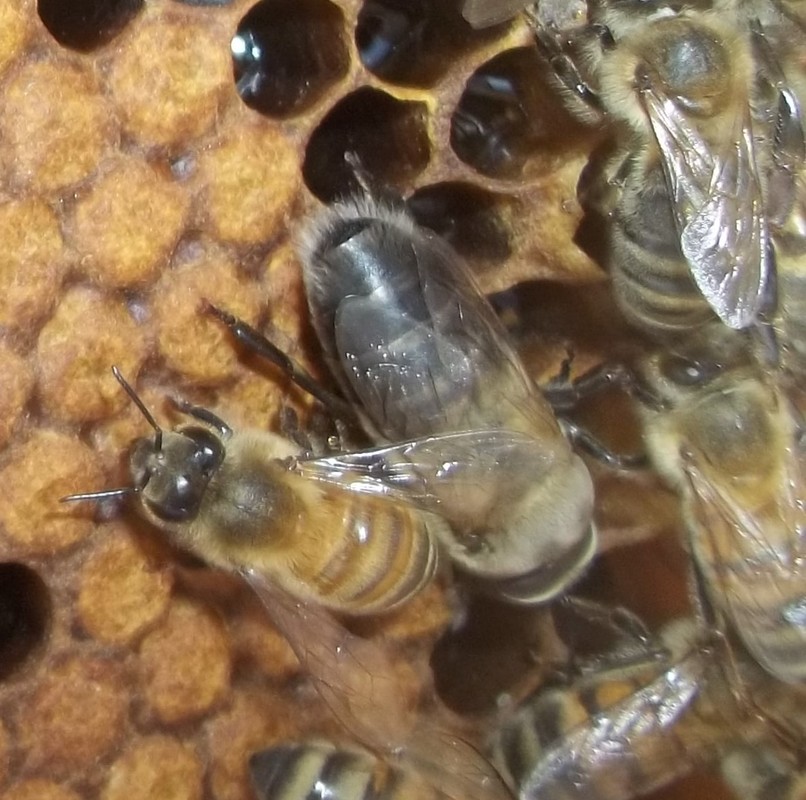
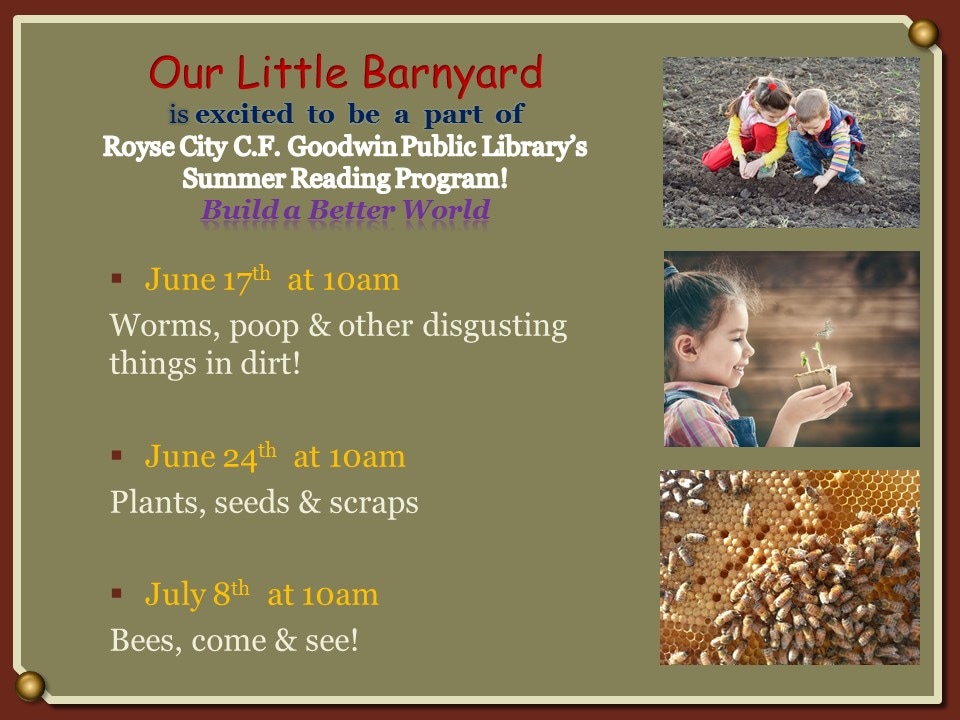
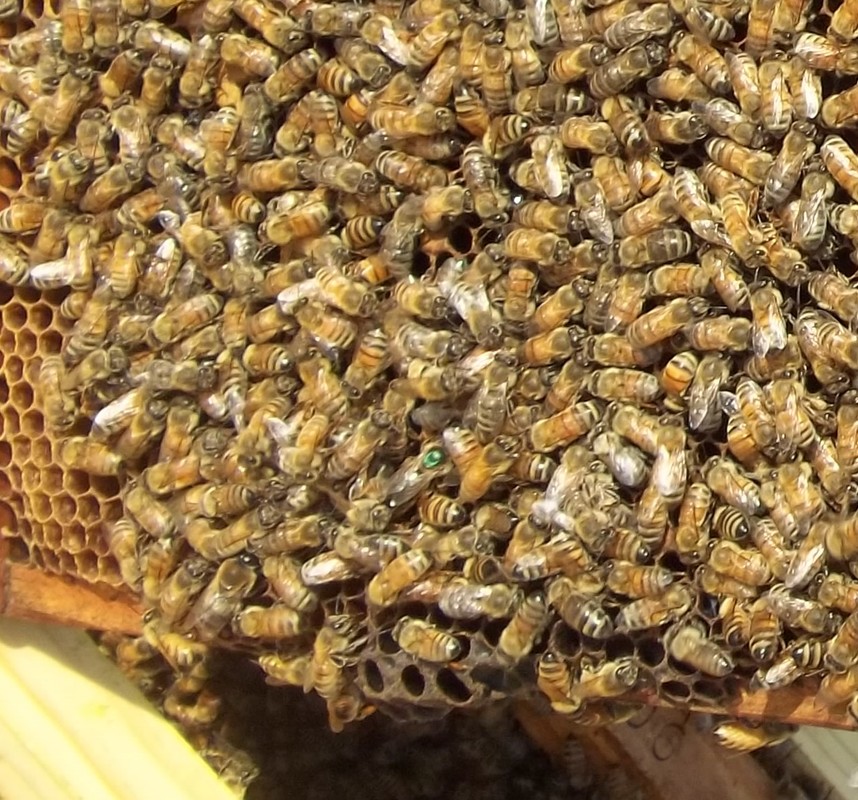
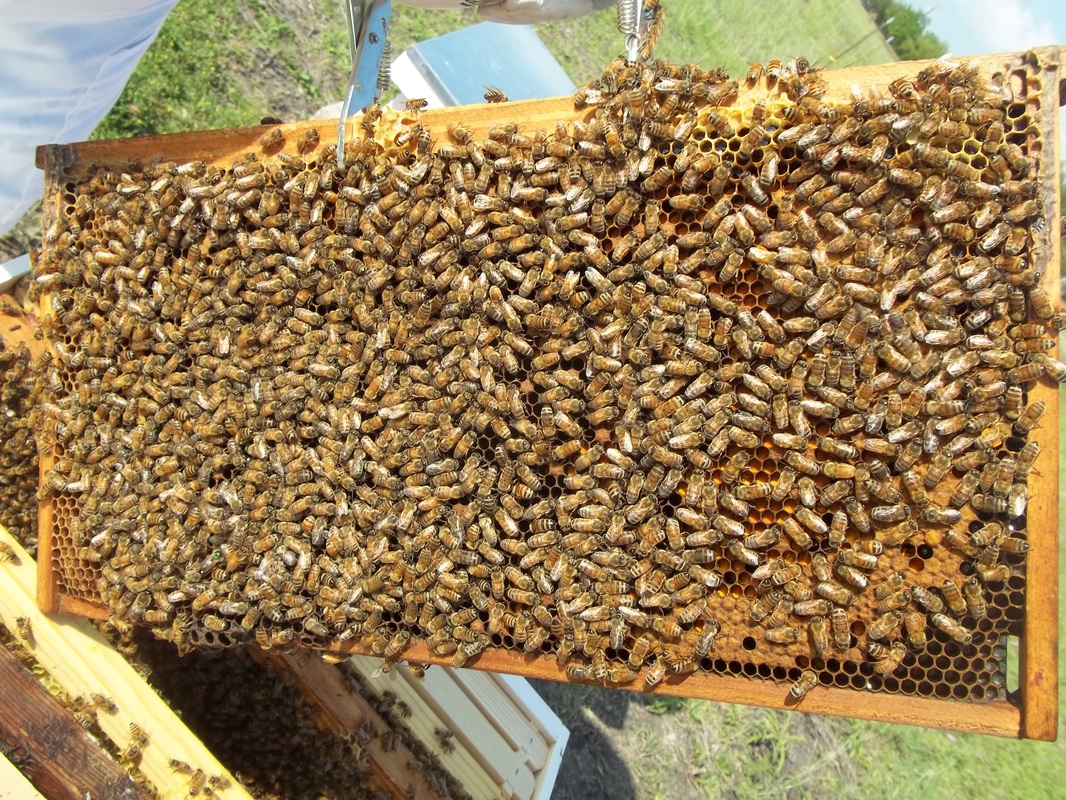
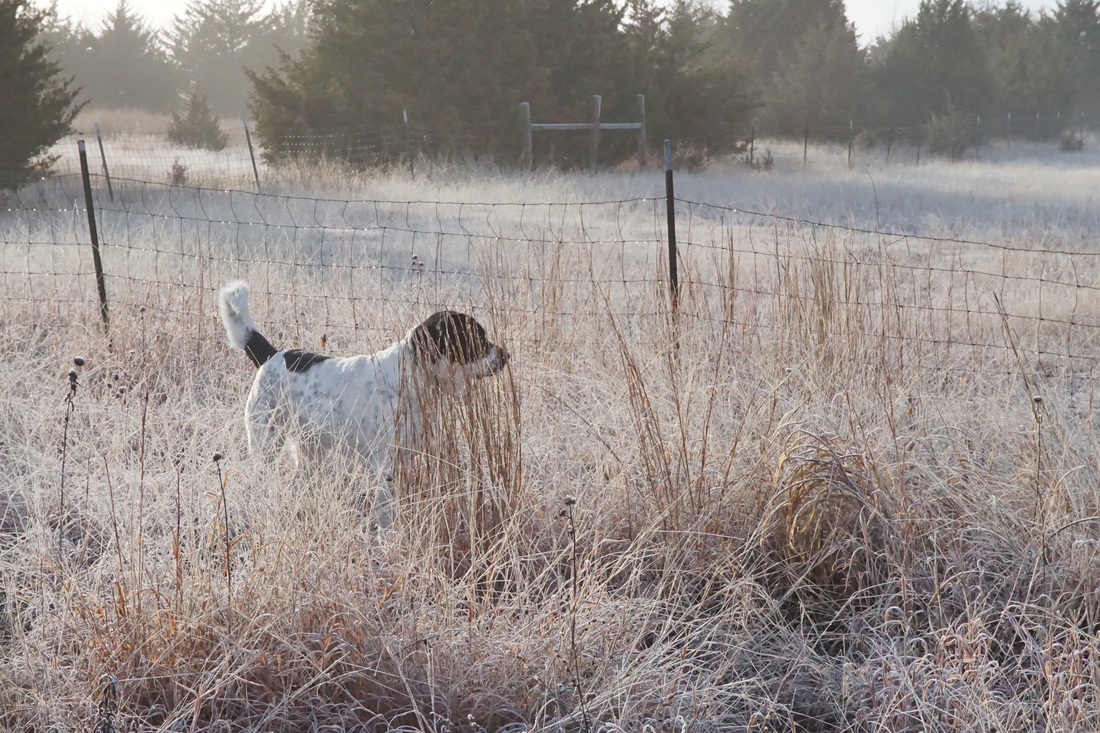

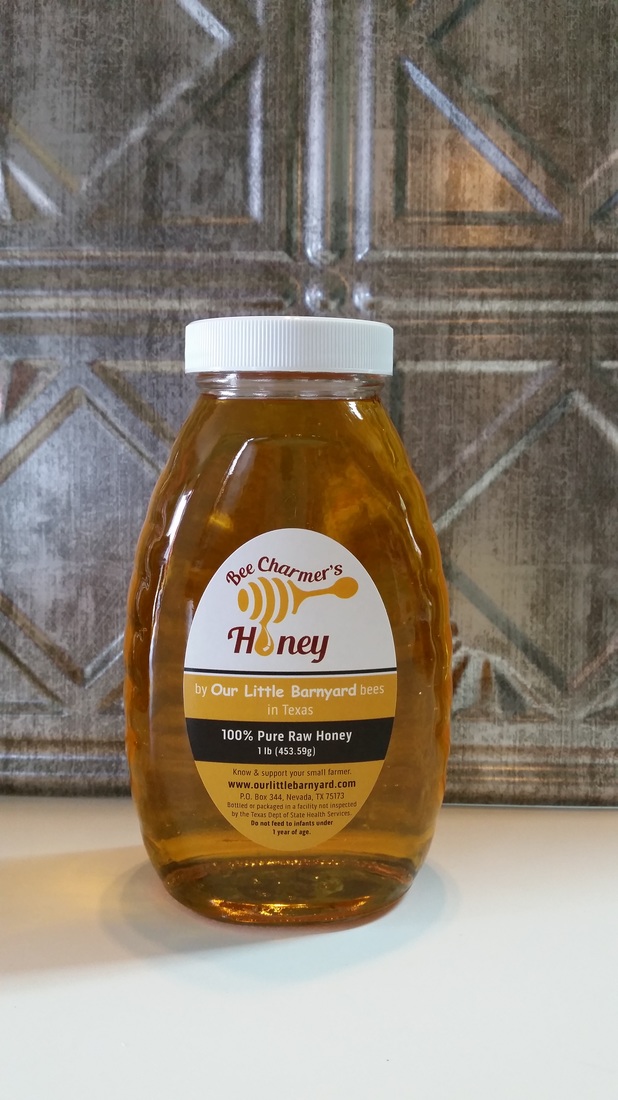

 RSS Feed
RSS Feed